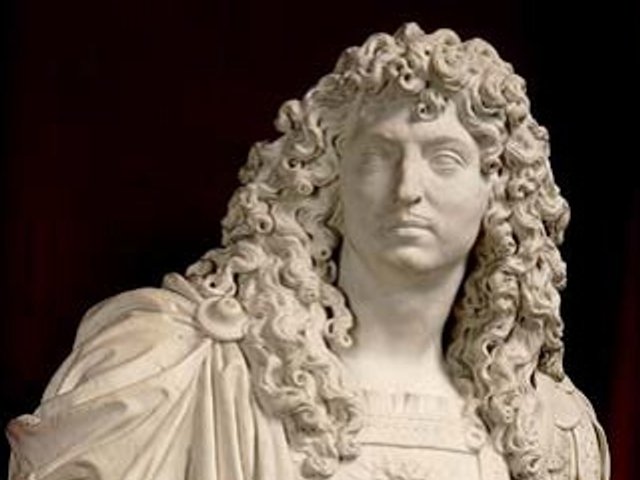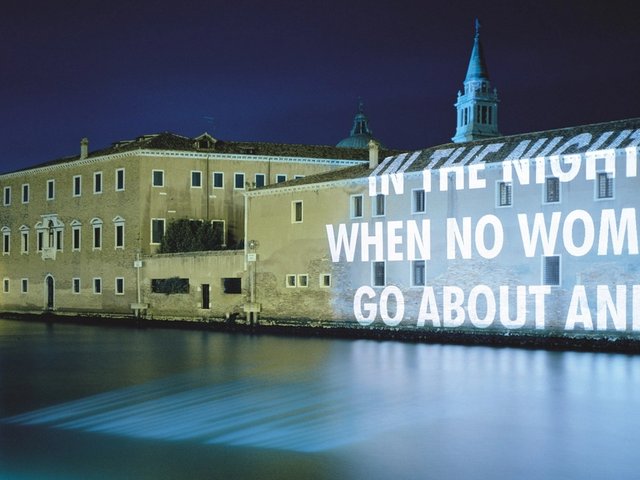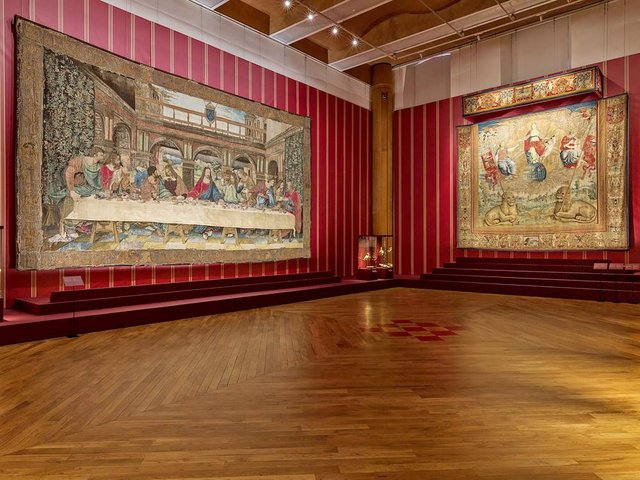A rare tapestry not seen in public in more than a century has gone on show at Blenheim Palace, the 18th-century stately home located in Oxfordshire, UK. The Battle of Arbela, which depicts a major military intervention by Alexander the Great, is on show in the palace’s Great Hall until 26 August.
The tapestry is part of the historic Story of Alexander the Great series which was commissioned by the first Duke of Marlborough in 1707. The series—woven by the 18th-century Flemish weaver Judocus de Vos and designed by the French artist Charles Le Brun—focuses on the life of the Macedonian king and military commander Alexander the Great and his military triumphs.
The Battle of Arbela, considered a turning point in ancient history, took place in 331BC between the Macedon Army, led by Alexander the Great, and the Persian Army under King Darius III. The battle happened in Gaugamela, a village in modern-day Erbil in Iraqi Kurdistan. Alexander triumphed, securing control of the Achaemenid Empire (also known as the First Persian Empire).
Carmen Alvarez, the collections and conservation manager at Blenheim Palace, tells The Art Newspaper: “The tapestry was restored in the early 2000s. We have no records of the tapestry being displayed to replace any other tapestry since it was conserved and so, we have decided to display it, giving our guests the opportunity to see such a beautiful piece up close, look into details and enjoy the craftsmanship of the 18th-century Flemish weavers.”
Blenheim Palace was inscribed on Unesco’s World Heritage list in 1987. According to Unesco, the palace was “built by the nation to honour one of its heroes; Blenheim is, above all, the home of an English aristocrat, the first Duke of Marlborough, who was also Prince of the Germanic Holy Roman Empire.” The palace is typical of 18th-century European princely residences and other world heritage sites such as the castles of Augustusburg and Falkenlust in Brühl near Cologne, Unesco adds.





